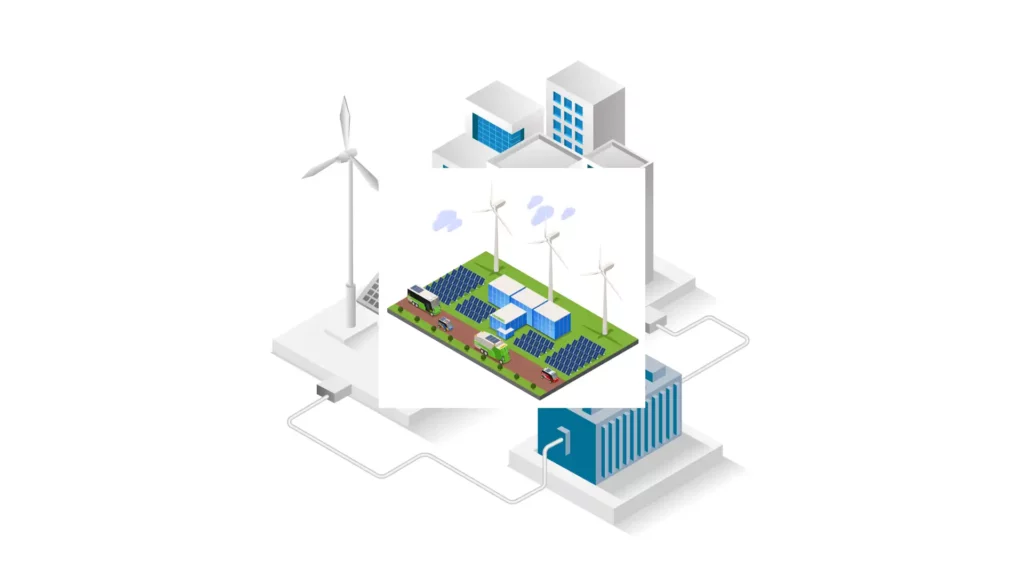In the quest for sustainable energy solutions, innovators and scientists have been tirelessly exploring alternative methods to store and harness renewable energy.
One such groundbreaking technology that has been gaining significant attention is Gravity Energy Storage Technology.
This innovative approach utilizes the force of gravity to store and release energy, offering promising possibilities for a more efficient and reliable energy storage system.
Understanding Gravity Energy Storage Technology
Gravity Energy Storage Technology, often abbreviated as GEST, operates on the principle of gravitational potential energy.
It involves lifting heavy objects, such as massive weights or containers filled with materials, to a higher elevation when energy is abundant or inexpensive.
Later, when energy demand is high or renewable sources are not readily available, these objects are allowed to descend, converting gravitational potential energy back into electricity.
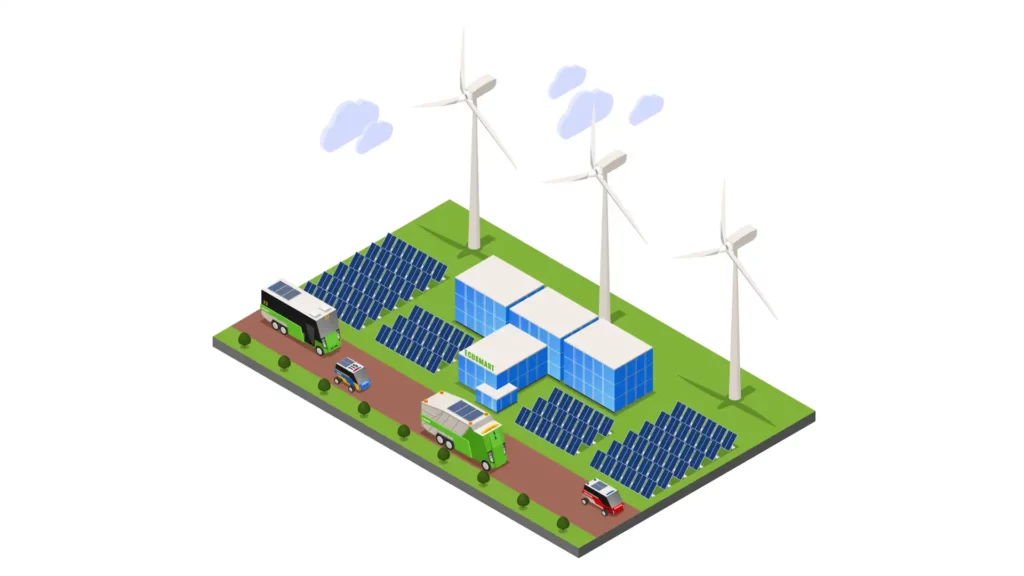
How Does Gravity Energy Storage Work?
In a Gravity Energy Storage system, there are two key components: a lifting mechanism powered by renewable energy, and a storage facility. The mechanism raises heavy objects using cranes, winches, or hydraulic systems.
Once the objects reach their desired height, they are held in place until energy is needed. When demand for electricity rises, the stored potential energy is converted back into electricity by allowing the objects to descend.
This movement spins turbines connected to generators, producing electrical power that can be fed into the grid or used locally.
Gravity Energy Storage Technology How Does Carbon Capture Storage Work
Advantages of Gravity Energy Storage Technology
- Scalability: Gravity Energy Storage systems can be scaled up or down to meet varying energy demands, making them suitable for both utility-scale and distributed energy storage applications.
- Longevity: Unlike some battery technologies that degrade over time, GEST systems have the potential for long-term operation with minimal degradation, leading to lower maintenance costs and extended lifespan.
- Efficiency: Gravity Energy Storage has the potential to achieve high round-trip efficiency, meaning the amount of energy recovered during discharge is close to the amount of energy initially stored.
- Environmental Impact: As a form of mechanical energy storage, GEST systems have minimal environmental impact compared to traditional fossil fuel-based power plants. They produce no emissions during operation and can help reduce reliance on carbon-intensive energy sources.
- Location Flexibility: Gravity Energy Storage systems can be deployed in various geographical locations, including mountainous regions, coastal areas, or urban environments, offering flexibility in siting options.
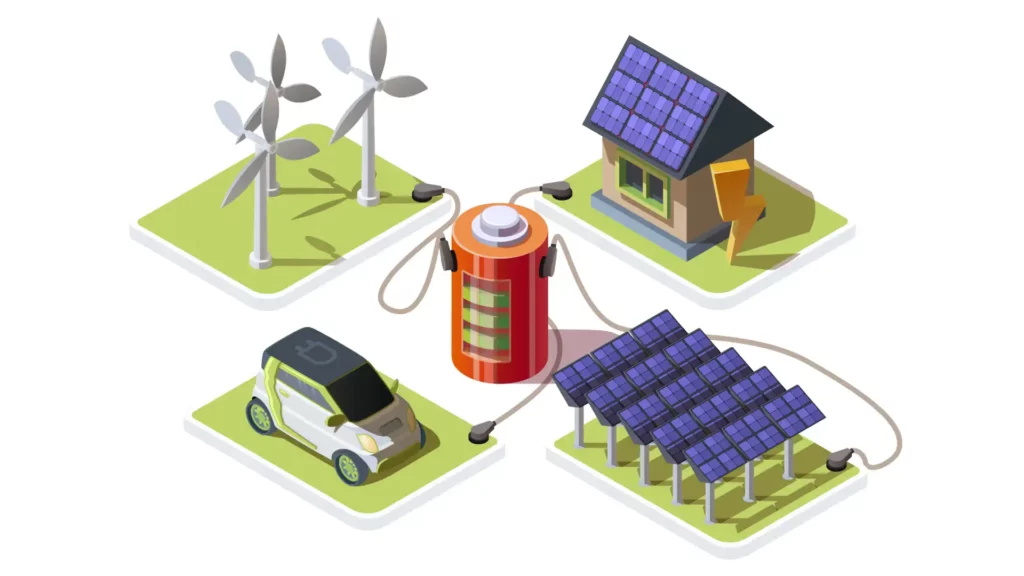
Applications of Gravity Energy Storage Technology
- Grid Stabilization: Gravity-based energy storage technology systems can help stabilize the grid by storing excess energy during periods of low demand and releasing it when demand peaks, thus reducing the need for costly peaker plants and enhancing grid reliability.
- Renewable Integration: By providing a means to store surplus energy generated from intermittent renewable sources like wind and solar, Gravity Energy Storage technology facilitates the integration of renewable energy into the grid, reducing curtailment and maximizing utilization.
- Microgrid Support: In remote or off-grid areas, gravity-based energy storage technology systems can serve as a reliable energy storage solution for microgrids, providing continuous power supply and enhancing energy resilience.
- Industrial Applications: Gravity Energy Storage technology can also be utilized in various industrial applications, such as powering mining operations, desalination plants, or electric vehicle charging stations, where reliable and cost-effective energy storage is essential.
Exploring Lift Energy Storage Technology: A Promising Alternative
Lift Energy Storage Technology (LEST) uses elevation changes to store and release energy by lifting heavy objects to higher elevations using electric lifting mechanisms.
This potential energy can then be converted back into electricity when needed. LEST offers a flexible and scalable solution for energy storage, complementing renewable energy sources and improving grid stability as the demand for sustainable energy grows.
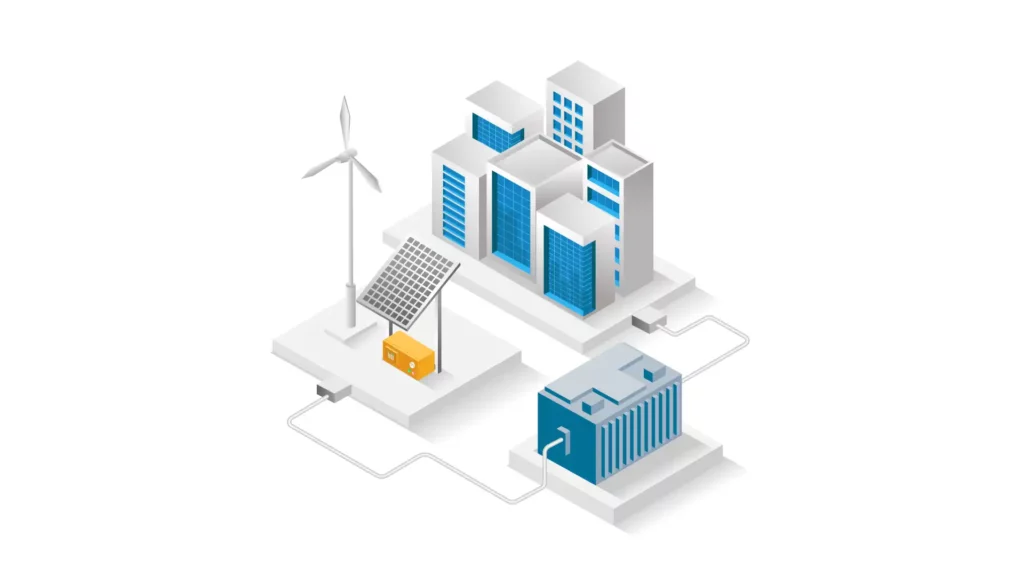
Tips for Implementing Gravity Energy Storage Technology
- Consider Site Characteristics: When planning a Gravity Energy Storage system, carefully assess the topography and geological conditions of the site. Look for locations with suitable elevations and terrain that facilitate efficient energy storage and retrieval.
- Optimize System Design: Focus on optimizing the design of the lifting mechanism, storage containers, and power generation components to maximize efficiency and minimize energy losses. Collaborate with engineers and experts in mechanical and electrical engineering to fine-tune the system design for optimal performance.
- Utilize Surplus Renewable Energy: Leverage surplus energy generated from renewable sources like wind and solar to power the lifting mechanism of the Gravity Energy Storage system. By integrating with existing renewable energy infrastructure, you can enhance the overall efficiency and sustainability of the system.
- Implement Smart Grid Integration: Integrate Gravity Energy Storage systems with smart grid technologies to enable seamless communication and coordination between energy storage assets and grid operators. This allows for dynamic energy management and enhances grid stability and reliability.
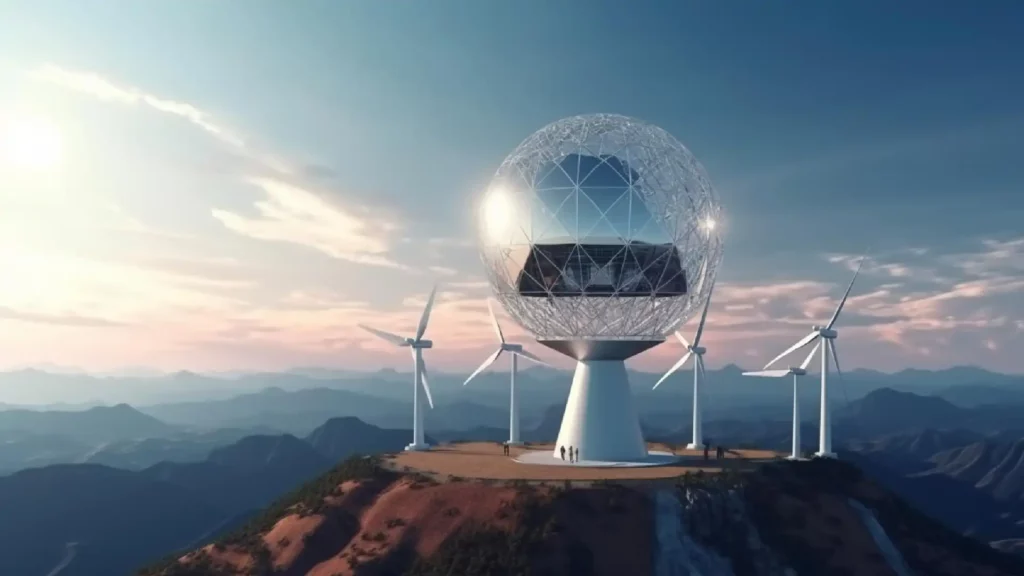
Optimizing Efficiency in Gravity Energy Storage Technology
In the quest to enhance the efficiency of Gravity Energy Storage (GES) systems, engineers and researchers are exploring various strategies and innovations. Here are five key approaches:
- Advanced Materials and Engineering:
Advancements in materials science contribute to efficiency improvements by utilizing high-strength, lightweight materials for storage containers or weights. This reduces energy losses due to friction and mechanical resistance. - System Design and Optimization:
Engineers optimize system design by fine-tuning the geometry of storage containers or weights to minimize aerodynamic drag during ascent and descent. Control algorithms are also adjusted to ensure smooth and efficient operation. - Energy Management and Control Strategies:
Effective energy management and control strategies, such as predictive scheduling and dynamic load balancing, maximize efficiency by precisely managing energy flows and system operations. - Integration with Renewable Energy Sources:
Coupling GES systems with renewable sources like solar and wind power allows for efficient storage of excess energy during periods of high generation. Smart grid technologies facilitate seamless integration and coordination. - Continuous Research and Development:
Ongoing research initiatives and collaborations drive efficiency improvements in GES technology. Funding support for R&D projects accelerates the development of innovative solutions and best practices.
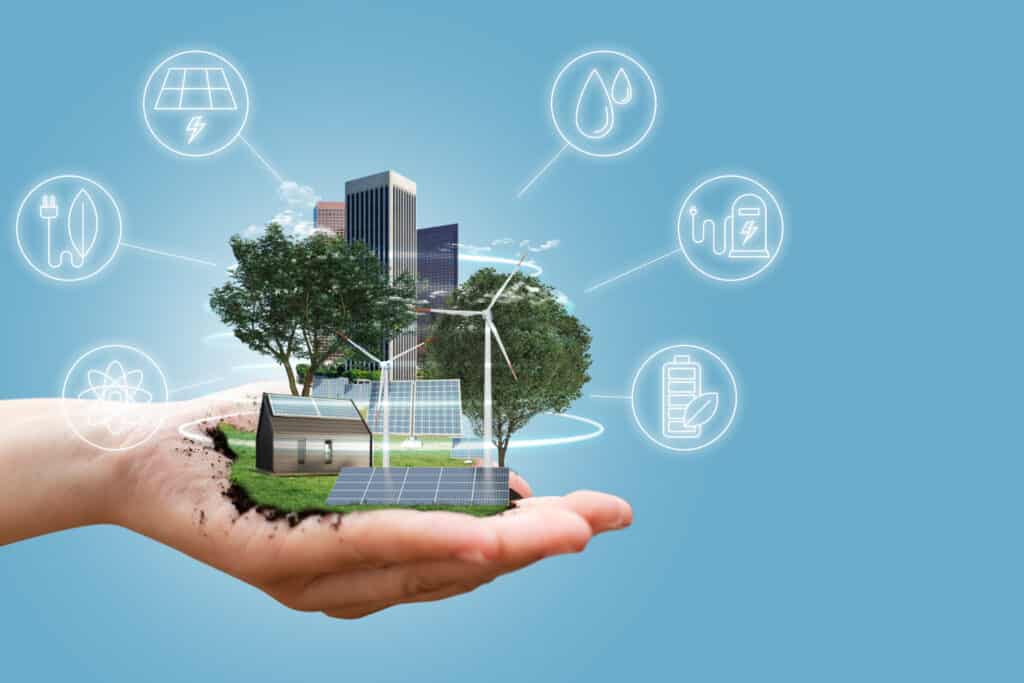
Future Outlook and Challenges
The potential of Gravity Energy Storage Technology (GEST) to revolutionize the renewable energy landscape is undeniable.
However, as with any emerging technology, there are significant challenges that need to be addressed to fully realize its benefits.
- Technological Advancements
GEST faces challenges in advancing technology for efficiency and cost-effectiveness.
Utilizing gravity for energy storage is promising, but improving system design and operation is crucial for maximizing storage capacity and minimizing losses.
Innovations in materials, engineering, and control systems are needed to enhance GEST performance and reliability.
- Cost-Effectiveness
Reducing capital costs for GEST systems is a key challenge. Initial investments for infrastructure like storage facilities are high, hindering widespread adoption.
Cost reduction strategies like economies of scale and innovative financing are crucial for making GEST more accessible.
- Regulatory and Policy Frameworks
Regulatory and policy frameworks are vital for GEST adoption. Clear regulations are needed to encourage investment, integrate GEST into energy markets, and ensure grid operation. Policymakers must address barriers like permitting processes and liability frameworks.
- Research and Development Efforts
Despite challenges, recognition of GEST benefits is growing. Governments, research, and industry invest in overcoming barriers. Collaboration is key to unlocking GEST potential globally.
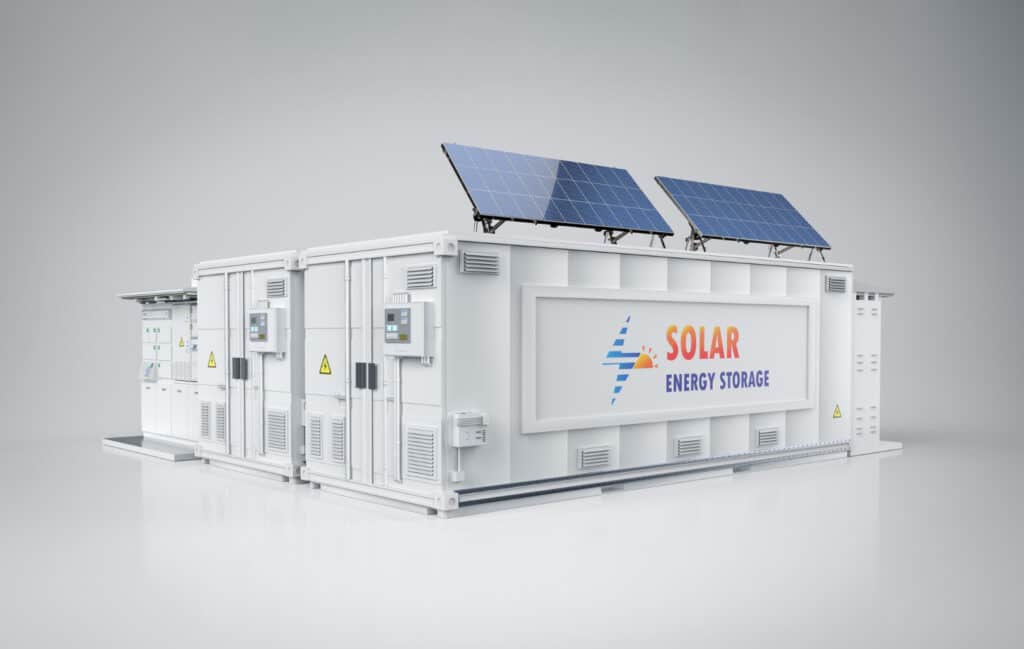
Frequently Asked Questions (FAQs) about Gravity Energy Storage Technology
How does Gravity Energy Storage Technology differ from other forms of energy storage?
Gravity Energy Storage Technology operates on the principle of gravitational potential energy, whereas other forms of energy storage, such as batteries or pumped hydro, rely on chemical or hydraulic processes. GEST systems store energy by lifting heavy objects to an elevated position and releasing them to generate electricity, offering unique advantages in terms of scalability and long-term durability.
What are the main advantages of Gravity Energy Storage Technology over conventional storage methods?
One of the key advantages of Gravity Energy Storage is its scalability and long-term durability. Unlike some battery technologies that degrade over time, GEST systems have the potential for extended lifespan with minimal degradation, making them a reliable and cost-effective solution for storing renewable energy. Additionally, GEST systems have minimal environmental impact and can be deployed in various geographical locations, offering flexibility in siting options.
Can Gravity Energy Storage Technology be integrated with existing power grids?
Yes, Gravity Energy Storage systems can be integrated with existing power grids to provide grid stabilization and support renewable energy integration. By storing excess energy during periods of low demand and releasing it when demand peaks, GEST systems help balance supply and demand, reducing the need for costly peaker plants and enhancing grid reliability.
What are the potential applications of Gravity Energy Storage Technology? Gravity Energy Storage technology has a wide range of potential applications, including grid stabilization, renewable energy integration, microgrid support, and industrial applications. It can be used to power mining operations, desalination plants, electric vehicle charging stations, and other critical infrastructure where reliable and cost-effective energy storage is essential.
Are there any challenges associated with implementing Gravity Energy Storage systems?
While Gravity Energy Storage Technology offers many advantages, there are also challenges to be addressed, such as optimizing system efficiency, reducing capital costs, and addressing logistical constraints associated with site selection and construction. However, ongoing research and development efforts are expected to overcome these challenges and drive the widespread adoption of GEST in the future.
How does Gravity Energy Storage Technology contribute to renewable energy integration?
Gravity Energy Storage systems play a crucial role in facilitating the integration of renewable energy sources like wind and solar into the grid. By providing a means to store surplus energy generated from intermittent renewable sources, GEST helps reduce curtailment and maximize the utilization of renewable energy resources, ultimately supporting the transition to a cleaner and more sustainable energy future.
Is Gravity Energy Storage Technology suitable for both large-scale and small-scale applications?
Yes, Gravity Energy Storage systems can be scaled up or down to meet varying energy demands, making them suitable for both utility-scale and distributed energy storage applications. Whether used to support large-scale power grids or provide backup power for individual homes or businesses, GEST technology offers flexibility and versatility in addressing diverse energy storage needs.
Gravity Energy Storage Technology Conclusion
Reflecting on the transformative potential of Gravity Energy Storage Technology fills me with a profound sense of hope and optimism for our collective future.
By harnessing gravity, we aim to transform renewable energy storage. Inspired by human creativity, we strive for a sustainable future.
However, I am also mindful of the challenges that accompany such groundbreaking advancements. From technological hurdles to regulatory complexities, the path to widespread adoption may be fraught with obstacles.
Yet, I am reassured by the resilience of the human spirit and our capacity for innovation. With unwavering determination and collective action, we can overcome these challenges and usher in a new era of clean, reliable energy for generations to come.

